Put simply, Smart energy is a new normal of energy industry growth that integrates the Internet deeply with energy production, transmission, storage, consumption and energy market. Smart energy mainly features smart equipment, multi-energy synergy, symmetric information, decentralized supply and demand, flat system and open transaction.
This article gives you a comprehensive knowledge of the application of smart energy!
1. What is smart energy
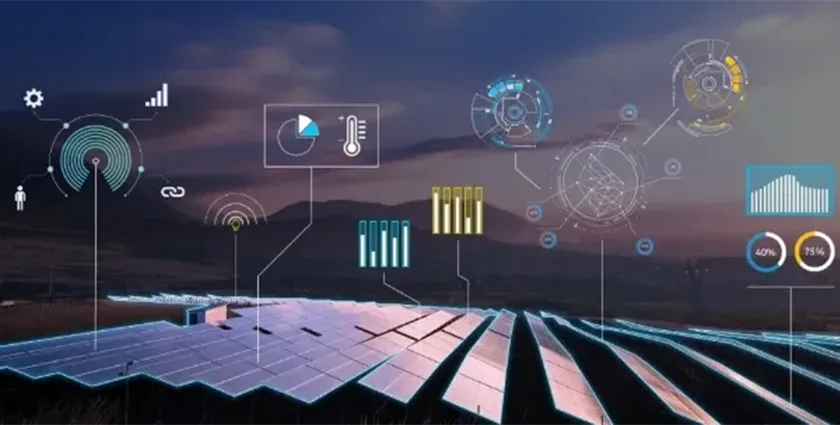
Put simply, Smart energy is a new normal of energy industry growth that integrates the Internet deeply with energy production, transmission, storage, consumption and energy market. Smart energy mainly features intelligent equipment, multi-energy synergy, symmetric information, decentralized supply and demand, flat system and open transaction.
However, in recent years, power generation groups have begun conducting research and exploration on the construction of new digital power plants, intelligent power plants and smart power plants.
2. How does smart energy work
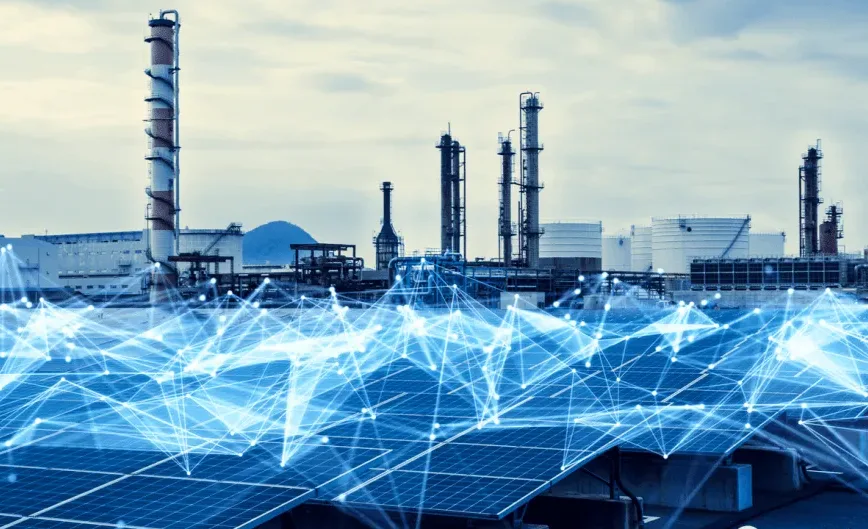
Smart energy, which mainly covers two application scenes including smart grid and smart mine, stands for automation and intelligence of the energy industry. The power system is comprised of five major parts, covering power generation, transmission, distribution, substation and consumption, and different links have various needs on the network.
Currently, the power communication network is mainly covered by optical fiber. As the smart grid continues to develop, however, optical fiber can no longer meet the development requirements of the power industry. Smart grid is mainly categorized into two kinds of sub-division application scenarios: control-type and acquisition-type. 5G not only satisfies the demand of low latency needed in control-type application scenes but also the requirements of large bandwidth and connection needed in acquisition-type application scenarios, which will significantly boost the growth of smart grid. Due to complex mining environments as well as the high-risk and low efficiency of manual on-site operation, the automation of mines will be the inevitable trend of future mine development.
Smart mine contains two types of application cases, including remote monitoring and unmanned operations. The performance of the 4G network cannot satisfy the growth needs of the smart mine. 5G can satisfy the need for large bandwidths for remote monitoring applications as well as low latency for unmanned operations, which boosts the growth of smart mines.
3. What are the technologies being used in smart energy
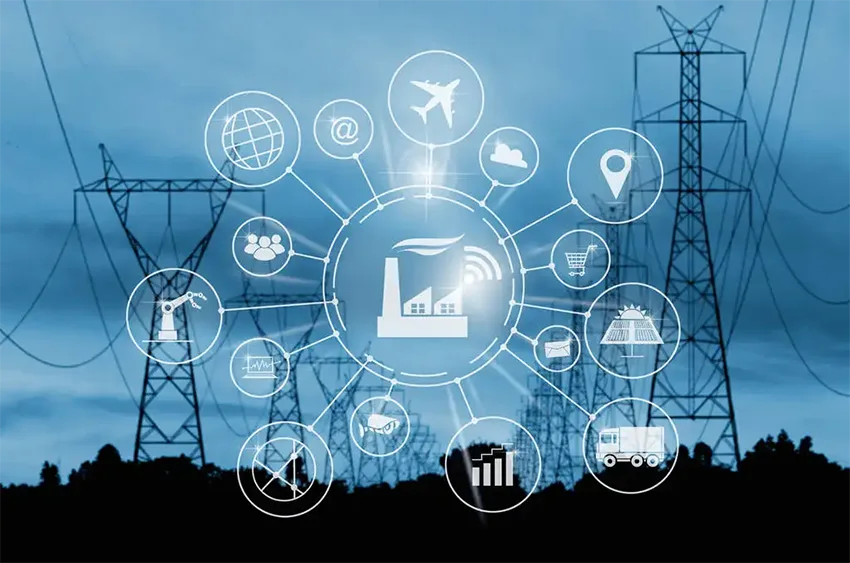
(1) Blockchain technology
In the Internet era, Blockchain technology is an innovative application of computer technologies like distributed-data storage, peer-to-peer transmission, consensus mechanism and encrypted algorithm. With the technical features of decentralization, information-sharing, record irreversibility, participant anonymity and information traceability, Blockchain technology offers brand new technology solutions to issues like data security, multi-agent synergy and information integration in the development process of smart energy. The technology can provide a new possibility for the mitigation of wind and light waste phenomenon, the integrated energy services growth and the establishment of a smart trading system in China’s energy market.
(2) Big data technology
Energy big data is featured in a large scale, various types, fast speed and limited value density. Big data technology is a comprehensive technology with massive data collection as the research subject, which is the synthesis of sensing technology, information and communication technology, computer technology, data analysis technology and professional field technology. It is the inheritance and growth of traditional data mining and data analysis technology. Big data technology can achieve the sensing and analysis of the whole chain from energy production to consumption, which provides vital support for safe and stable operation of the energy system, energy efficiency enhancement at the consumption side, and source-grid-load-storage synergy.
(3) Cloud-platform technology
The cloud platform is a logical and unified data center created by the connection of various types of data and the integration of multiple computing resources, which rely on storage, exchange and virtualization components. The cloud platform is featured in virtualization, high reliability, high versatility, high scalability, high speed, and flexibility. Different from traditional servers, the cloud platform virtualizes physical resources into a pool of virtual machine resources, which can provide various kinds of services for users through flexibly invoking hardware and software resources.
4. Why use smart energy
What are the advantages of the smart energy management platform?
By interconnecting the Internet with and smart cities, it is possible to set up data-based platforms for renewable energy, construction energy, electric vehicles, and household electricity in the use of Internet big data.
Streetlight Management
It can wirelessly manage intelligent streetlights and control various lamp heads to set up and manage area permissions as well as monitor real-time streetlights. With the advantages of reliability and easy operation, it also provides flexible settings for streetlights to set up switch timing, the management and monitoring of streetlights.
Energy consumption public website
The website not only monitors information distribution and energy consumption data but also isolates the website’s self-payment list from the website, increasing the security of the internal and external networks.
Photovoltaic Micro Power Station Management System
The software system allows real-time monitoring of the inverters and PV modules. If a fault happens, it will be alerted or kept in various aspects.
Spatial Energy Consumption Information Management System
The system can connect various energy consumption information and real-time locations of enterprises, parks and schools, which are reflected on the map to provide a more intuitive and convenient management of energy consumption.
5. Application Cases of Smart Energy Systems
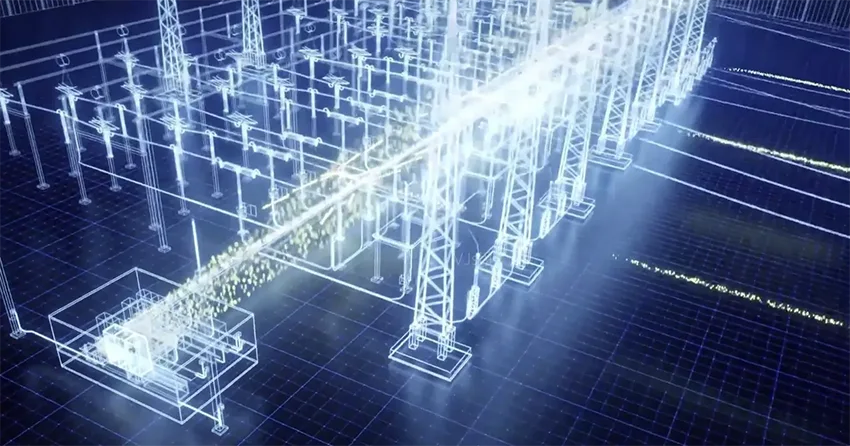
Smart Production
The energy industry is an asset-intensive industry with the traits of high equipment value, long industry chain, high danger and strict environmental protection requirements. The industry faces pain points such as opaque equipment management, difficult inheritance of craftsmanship knowledge, low level of upstream and downstream collaboration in the industry chain, and high pressure on safety production. With the change of the world energy landscape, energy development transits to low carbon, decentralization and intelligence. The demand change in the energy consumption service market has forced the production, storage and transportation links to be safer, more efficient and cleaner. Thus, it is necessary to improve the intelligence of the energy production process through digital technology.
Smart warning of boiler in power plants
Based on the mechanical model of a power plant and artificial intelligence technology, intelligent early warning of boilers determines whether leakage occurs in the furnace tube by monitoring the operation status to achieve early detection and reporting of boiler tube leakage and to judge the location of leakage areas and the degree of leakage so as to provide data support for predictable maintenance of equipment. It will eliminate equipment operation abnormality in the bud stage, reduce unplanned furnace and shutdown as well as decrease energy consumption for the starting and shutdown of furnace to greatly boost the usage efficiency of the equipment.
Smart Safety Management
Energy companies introduce personnel positioning systems that offer the division of on-site locations and the locating of personnel with the help of three-dimensional spatial modeling. It correlates the safety precautions corresponding to each location with production operation information to help on-site personnel intelligently identify dangerous areas and avoid personnel injury or accidents. Currently, the error of personnel positioning can be controlled within the range from 20 to 50mm, which can effectively prevent personnel from running at the wrong interval and avoid misoperation.
New energy power plants with “unattended and few unattended” modes
Based on the Internet architecture, the system integrates artificial intelligence, big data, cloud computing, Internet of Things, mobile Internet and other technologies to establish a new energy big data innovation platform with the integration of data collection, storage, service and operation, so as to achieve real-time collection of multi-source heterogeneous data from source, network and load side and the smallest granularity data collection at wind turbine component level and PV panel level with a collection time from 5 to 7s, which efficiently supports various industry applications. Construction and use. It realizes “unattended and few unattended” mode in lots of new energy power stations, streamlining staff redundancy and enhancing efficiency in power stations.
Smart Exploration
Because of the limited visualization of downhole intelligence and reservoir information, it is more challenging to deepen the exploration potential in the middle and late stages of oil and gas field development. At the same time, as risk exploration gradually shifts to deep-sea areas that are difficult to be covered by human surveys, the exploration requires demanding precision of oil and gas reserve prediction for new layers. The estimated data of high-precision petroleum reserves are acquired through technologies like smart analysis of petroleum reserves and downhole intelligence analysis. Decision-making is supported by data to provide systematic optimization of exploration scale and construction timing. Also sea and land areas are both stressed to dig deeper into old oil areas. High-resolution reservoir models are obtained through smart exploration means like drones to achieve all-rounded digital visualization and collaborative management of oil and gas exploration, enhance overall prediction precision of reservoirs and explore new formations and areas.
Intelligent Power Inspection
The core contents of power inspection are the operation and maintenance of transmission and substation equipment. Power companies use AI algorithms to improve the accuracy of equipment image recognition for intelligent inspection robots, which can greatly reduce operation and maintenance costs and further liberate labor forces. After pre-setting inspection points and planning inspection routes, intelligent inspection robots can automatically carry out the detection and reading of all relevant meters, which is effective to reduce the burdens of manual inspection, improve work efficiency and decrease oversights and even errors caused by human factors, maximizing the elimination of safety hazards.
Intelligent Gas Pipeline Network
To prevent the safety hazards caused by gas leaks, the smart gas pipeline system systematically manages gas transmission, including uninterrupted data monitoring and surveillance, automatic warning of leak points, locating of accident sites, intelligent emergency treatment, transmission of warning information and activation of repair procedures. The gas company will set up a certain number of automatic gas leak monitoring and alarm facilities and then distribute them at the points where monitoring is required. Thus, in the event of an emergency, early warning information can be conveyed instantly.
Smart Flaw Image Detection of Oil Pipeline Welding
In the pipeline-welding process, defects such as porosity and cracks will appear in the welding seam because of the impact of people, welding machines, welding material, different methods and environments, thus affecting the service life of the pipeline. Currently, defects are usually detected and graded manually through the evaluation of X-ray inspection photos, which is inefficient and easily impacted by the ability and experience of technicians, which is thus prone to inconsistent or even misclassified evaluation results. Based on AI deep-learning technology, smart flaw identification and defect grading for defects such as round, striped, unfused and cracked drawbacks can improve the accuracy level and efficiency of defect detection, thus effectively overcoming manual misjudgment and promoting more objective and standardized defect detection.
6. What are the smart energy devices
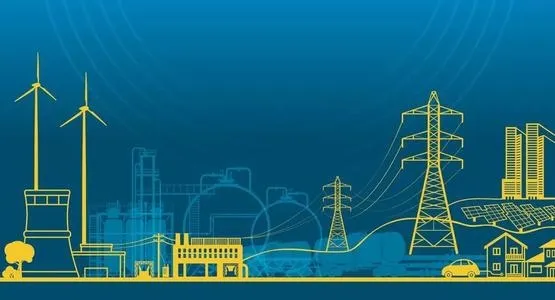
Smart Energy meters & energy transmitters
The essence of the smart energy monitoring and the backup system requires the transformation of various sampling devices like electrical instruments into multi-parameter intelligent information sampling terminals. With functions like centralized information sampling, unified invoking, and distributed processing, the smart terminals can be transmitted, stored and displayed on demand and has a plug-and-play function.
Sensor
A sensor is detective equipment that is able to sense measurable information and convert them into electrical signals or other needed forms of information output based on certain laws to satisfy the requirements of information transmission, processing, storage, display, recording and control. The sensor can detect power and non-power functions in the smart energy system.
Electronic Components
Electronic components are small machines. The components of instruments often consist of several parts that can be used in the same kind of products; It often refers to some parts in industries like electrical appliances, radio, and instruments. Also, electronic components refer to a general term for electronic equipment such as capacitors, transistors, hairsprings and clockwork, which are essential to the smart energy system.
The professional analysis module of energy efficiency of intelligent energy equipment management system provides various analysis models such as statistical analysis of clinker production line, cost analysis of clinker line, cost analysis of mill, analysis of raw material mill system, coal mill system, power consumption of rotary kiln system, power consumption of mill system and waste heat power generation system. Users can also customize the analysis models according to their requirements.
7. What’s the market for smart energy
What are the trends and markets of the smart energy industry?
The guarantee of smart energy is the system. Smart energy will bring about a new energy pattern. Thus, it needs an advanced system that can encourage scientific and technological innovation, optimize industrial organization, advocate energy conservation, and promote international cooperation to ensure the stable operation and rapid growth of the smart energy system.
Interconnected technology brings changes to the operation of the whole world and affects the work and life of billions of people. Therefore, academics have started to propose “building a smarter planet” and put forward the ideas of smart airport, smart bank, smart railroad, smart city, smart power, smart grid and smart energy. Smart energy and other ideas. The two strengths of Internet+ Smart Energy are the synergistic joint supply of electricity, heat, cooling, gas and water, that is, “multi-energy complementarity” and the synergistic operation of these energy sources in production, conversion, transmission and consumption, which refers to “source and load interaction”. It can also be called an integrated energy solution, which can achieve stable energy needs, boost efficiency and lower energy costs, thus ultimately realizing a multi-win pattern for producers, consumers and society.
















